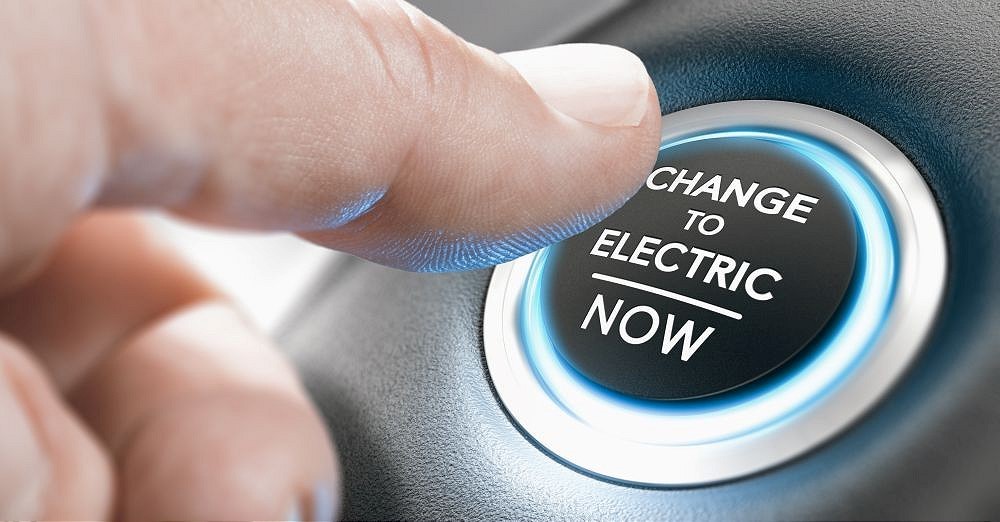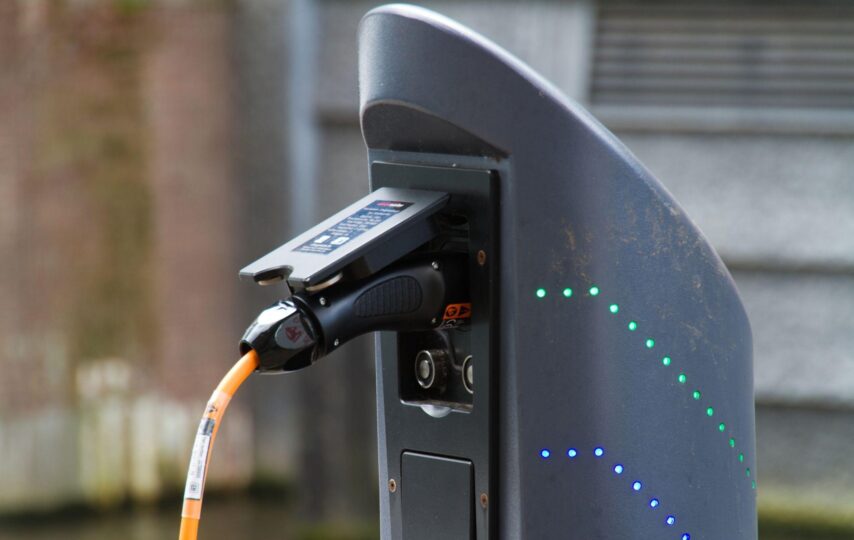If you’re a fossil-fueled car owner, you know that there are many costs associated with the ownership of that vehicle. If you’re thinking of making the switch to an electric car, you may be wondering if it’s worth it, and how easy it is to find a charging station to get its battery fully charged. You may know how much charging the tank of your regular car costs but not know how much you’d pay for recharging an EV battery. It’s okay, after reading this article you’ll have all the information you need.
There are studies that confirm that choosing to buy an electric vehicle over a conventional car with an internal combustion engine can result in long-term savings. The low maintenance of an electric car compared to a regular car is enormous. On the other hand, the fuel source used by each of these cars is a major money-saving factor. Normal vehicles run on gasoline, which is burned internally to power the car. Electric vehicles use electricity stored in internal batteries to run. In both cases, the car uses energy but it comes from different sources. While storing energy from an EV charger installed in your house is very convenient, what about during emergency situations? Let’s learn a little more about charging stations and types of chargers, let’s go!
What’s a fast EV charger, and how can I find one?
If you’re wondering how many types of electric vehicle chargers exist, and where you can find them, keep reading. There are many ways to find charging stations near you, depending on how you’re planning to charge your EV.
If you’ll use the pay-as-you-go system, you may find information online or ask someone near you where to find the fast chargers.
If you decide to go for a subscription plan, then you’ll be able to check all the chargers near your spot, by using an app. For example, EVCS is a company that offers that type of subscription plan, where you can access a mobile app to keep track of your consumption and all the EV chargers around you.

There are three types of chargers in the market, being Level 2 and Level 3 (also called DCFC), the ones that are mostly used in public places.
Level 1 chargers use alternate current (AC), and are often used as residential chargers, since they’re small, but can get a battery fully charged in more than 24 hours.
On the other hand, Level 2 chargers also use AC to get the EV’s internal batteries charged, but can get it to its full capacity in about 8 hours.
But, if you don’t have a lot of time and need to get your EV plugged to recharge it, your best choice is to wonder “are there any fast chargers near me?”, and look for a DCFC. This type of charger uses a direct current (DC) to recharge a battery and can fill it to its 80% in less than 60 minutes. Pretty impressive, right?
EVs vs. fossil-fueled cars
As we already established, there’s a huge maintenance difference between conventional cars and EVs.
A fossil-fueled car’s maintenance is important and something that must be done every few months. If you don’t do so, it can stack up over time, which means spending a lot of money.
Owning an electric vehicle saves you all that maintenance money since there’s no burning engine inside, which means fewer fluids and fewer chances of something breaking or having to be checked.

Another great reason to choose an EV is that you’ll be helping the environment. The toxic gases emitted by combustion cars have been adding up over the years resulting in natural catastrophes related to climate change. Plus, there are state and federal incentives for going green. This is something to think about, right?








